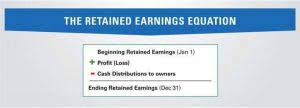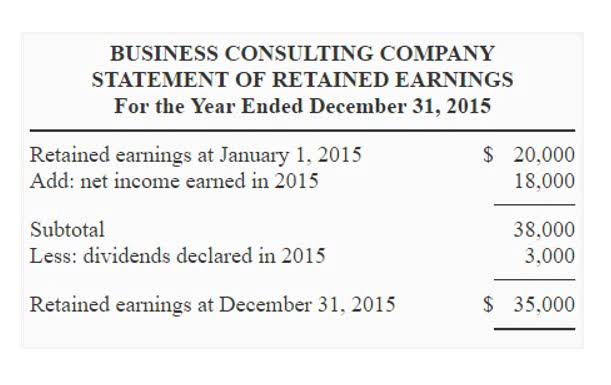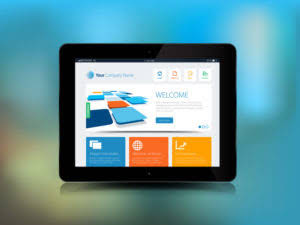
Implementing AP automation software can significantly help companies sync data for accurate encumbrance accounting and gain control over their finances. As organizations strive for greater efficiency and accuracy in their financial management, encumbrance accounting systems and software will continue to evolve. By embracing these future trends, companies can optimize their encumbrance tracking processes, improve budget control, and make more informed financial decisions.
It is a form of encumbrance by which the lessor (landlord) does not give up title to the property, but their use of the property is significantly constrained by the lease agreement. An easement in gross benefits the easement owner as an individual rather than as an owner of a property. Therefore, the easement can’t be passed on to anyone who might buy the easement owner’s property.

The first step in recording encumbrances is to identify and document all financial commitments. This can include purchase orders, contracts, or any other obligations that have not yet been fulfilled. It is crucial to gather all the necessary information, such as the amount, description, and expected fulfillment date, for each commitment.


They’re better able to keep their expenditures within the allocated budget and more accurately predict cash flow. In conclusion, monitoring and analyzing encumbrances provide organizations with valuable insights into budgetary control and financial planning. Various software solutions are designed to facilitate encumbrance accounting, offering functionalities that automate and streamline the tracking and reporting of future payment commitments. These tools are specifically tailored to meet the unique needs of organizations dealing with encumbrance accounting, providing comprehensive features and ensuring accuracy in financial management. In the public sector, encumbrance accounting plays a vital role in managing taxpayer money and delivering essential services. It helps public organizations monitor and control their expenditures, ensuring funds are allocated efficiently and in accordance with public needs.
If you have partial read access to the balancing segment values or management segment values, you can only view journal lines that you have read access to. You can enter encumbrance journal lines if your data access set provides read and write access to the ledger, balancing segment values or management segment values. You will not be able to enter encumbrance journal lines if you only have read access to the ledger, balancing segment values or management segment values.
Encumbrances are accounted for in the balance sheet as reserved fund balances and can be adjusted or carried forward at the end of a financial year. This helps you accurately report financial data at the end of the year by verifying them and adjusting encumbrances against POs or other documents. Encumbrance helps you quickly check funds available for spending and how many funds have been set aside for other expenses. This enables you to allocate budgets to each department and ensure that no money goes out of your funds. Then, the procuring company converts the encumbrance into an expenditure by transferring the transacted items from the encumbrance account into accounts payable.
With General Ledger you can record pre-expenditures commonly known as encumbrances. Encumbrances can also be used to predict cash outflow and as a general planning tool. encumbrance accounting helps your company with budget visibility and analysis by recording planned future payments. Rather than just looking at current transactions, this type of accounting encourages tracking upcoming expenses to help show a more detailed view of your cash flow. One of the key trends in encumbrance accounting is the integration of artificial intelligence (AI) and machine learning capabilities. Additionally, AI can automate repetitive tasks, such as generating encumbrance reports, freeing up time for finance professionals to focus on more strategic initiatives.
These software solutions eliminate the need for manual tracking and calculation of encumbrances, reducing the risk of errors and enhancing efficiency. They also enable better collaboration among finance teams, budget managers, and purchasing departments, ensuring timely and accurate encumbrance data. With the availability of these advanced tools, organizations can streamline their https://www.bookstime.com/ processes, improve financial reporting, and make informed decisions based on real-time data.